8 Household Items Many Minimalists Say They’re Better Off Without
Living with less can feel like a breath of fresh air. Minimalists know that removing unnecessary stuff creates space for what truly matters in life. The journey to a clutter-free home isn’t always easy, but most people who embrace minimalism rarely miss the items they’ve let go. Here are eight common household items that minimalists have happily kicked to the curb—and why you might consider doing the same.
1. Paper Pile Mountain
Old receipts, junk mail, and outdated magazines create paper avalanches in many homes. These paper collections promise future usefulness but deliver only dust and anxiety. Most documents can be digitized or accessed online when needed.
Many minimalists report feeling physically lighter after shredding years of accumulated papers. The mental clarity that comes from eliminating visual clutter can be surprisingly powerful. Plus, fewer papers means less filing, sorting, and wondering where you put that important document.
2. Just-In-Case Kitchen Gadgets
Remember that avocado slicer or specialized banana cutter? Single-purpose kitchen gadgets take up valuable drawer space while rarely seeing the light of day. A good knife and basic tools handle most kitchen tasks more efficiently.
Former gadget collectors often laugh about their previous belief that each food required its own special tool. Kitchen minimalists discover that cooking becomes more intuitive and enjoyable with fewer tools to wash, store, and maintain. The freedom of an uncluttered cooking space transforms meal preparation from stressful to peaceful.
3. Overflowing Bookshelf Collection
Books hold knowledge and memories, making them particularly difficult to part with. Yet many minimalists have embraced e-readers or libraries, finding freedom in releasing physical books they’ll never reread. The emotional attachment often proves stronger than practical use.
Keeping only beloved favorites creates a more meaningful collection. One former book hoarder shared: “I realized I was keeping books to appear intellectual to visitors, not because I treasured them.” Digital alternatives offer the same content without the dust-collecting weight, while libraries provide access to virtually unlimited titles.
4. Excessive Tupperware Chaos
The dreaded container cabinet! Mismatched lids, stained plastic, and containers that multiply mysteriously plague many households. Food storage is necessary, but the chaotic collection most people maintain isn’t.
Minimalists typically keep a small set of high-quality, uniform containers that nest neatly. “I spent more time organizing Tupperware than actually using it,” admits one reformed container collector. When everything matches and serves a clear purpose, meal prep becomes streamlined and refrigerator organization improves dramatically.
5. Sentimental Clothing Archive
Those jeans from college, the concert t-shirt collection, or that dress worn once to a special event—clothing often carries emotional weight far exceeding its practical value. Closets become museums of our past selves rather than functional spaces.
Taking photos of meaningful pieces before donating them preserves memories without sacrificing space. Many minimalists report feeling unburdened after letting go of clothes that no longer fit their bodies or lives. A streamlined wardrobe of items that actually get worn creates less laundry, easier decisions, and more breathing room.
6. Duplicate Cleaning Supplies
Specialized cleaners for every surface create under-sink chemical collections that rarely get used up. The marketing promise of perfect cleanliness leads to unnecessary product accumulation and environmental waste.
Most minimalists discover that a few multi-purpose cleaners work perfectly well. White vinegar, baking soda, and a good all-purpose cleaner handle nearly every household cleaning need. The simplicity creates consistency in cleaning routines while reducing plastic waste and chemical exposure.
Bonus: fewer products means more storage space and less money spent replacing specialized cleaners that expire before being used up.
7. Abandoned Hobby Equipment
Guitar gathering dust? Scrapbooking supplies untouched for years? Exercise equipment serving as an expensive clothes hanger? Abandoned hobby equipment represents optimism turned to guilt.
Minimalists learn to honestly assess which activities truly bring joy versus which ones they merely aspired to enjoy. Selling or donating unused equipment frees both physical and mental space. One former craft collector shared: “Removing my abandoned hobbies gave me permission to fully enjoy the activities I genuinely love.”
The relief of releasing these physical reminders of perceived failure is remarkably freeing.
8. Excessive Decorative Objects
Knickknacks, figurines, and purely decorative objects accumulate on every surface, requiring constant dusting and rearranging. These items often enter our homes as gifts or impulse purchases rather than intentional choices.
Minimalists typically keep only decorative pieces that spark genuine joy or serve meaningful purposes. Fewer objects mean each remaining piece gets proper attention and appreciation. Surfaces become restful rather than busy, creating a sense of calm throughout living spaces.
The time saved on cleaning and organizing these objects becomes available for experiences rather than maintenance—a core minimalist principle.



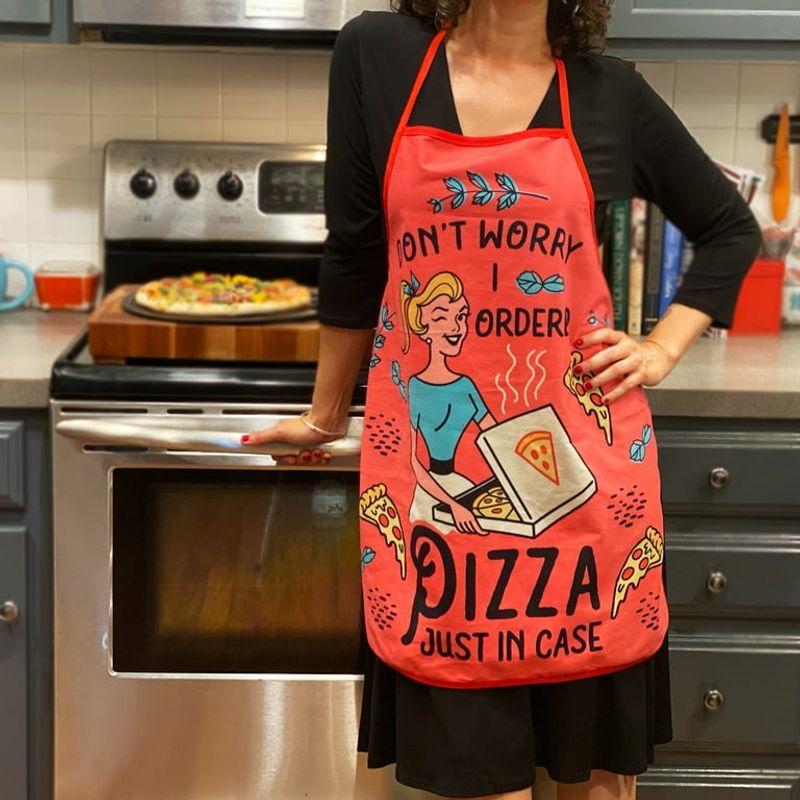
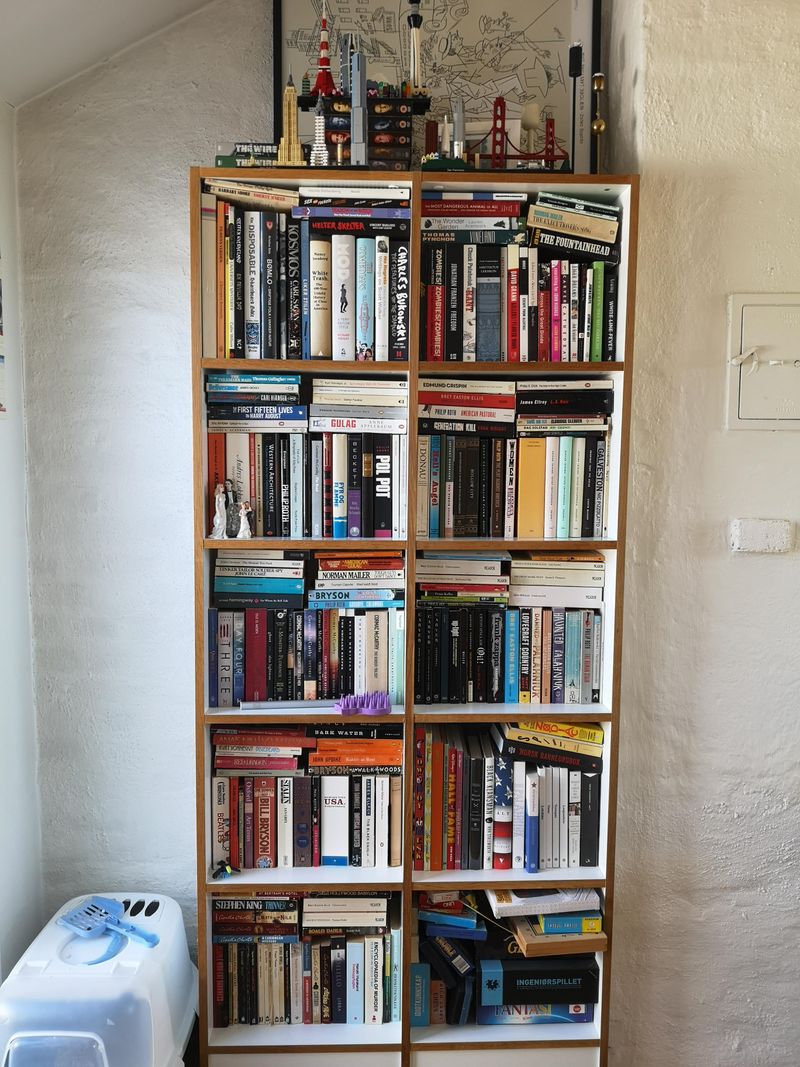
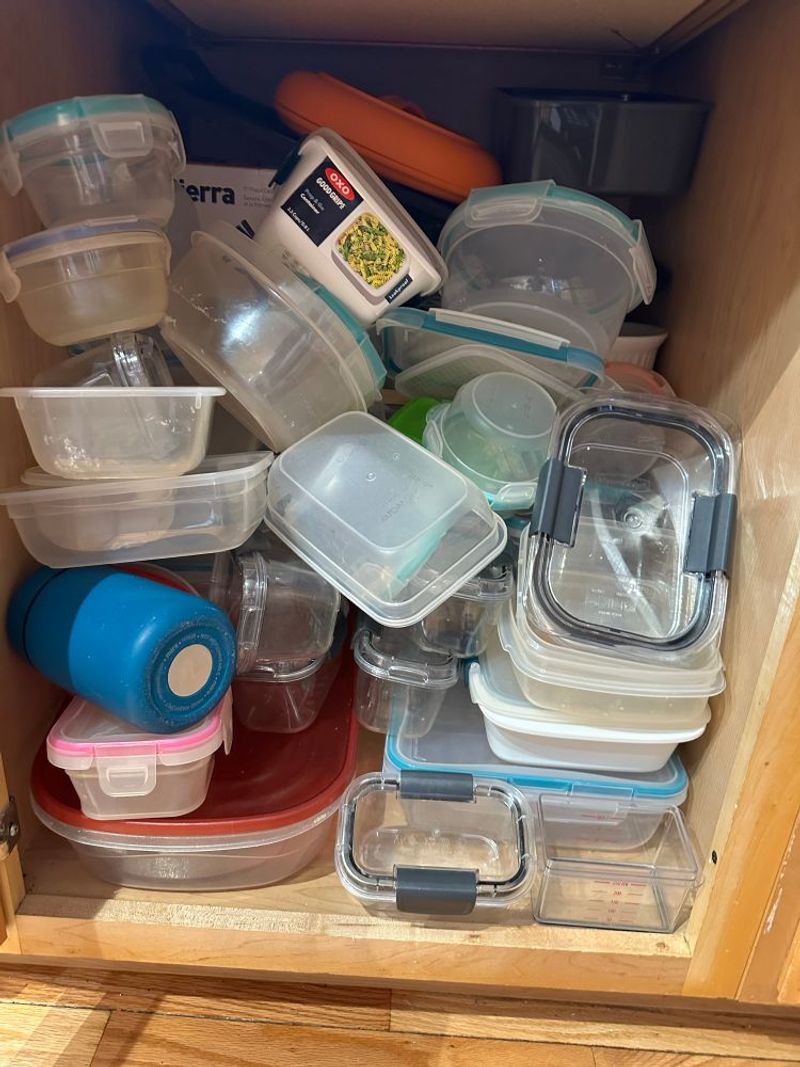
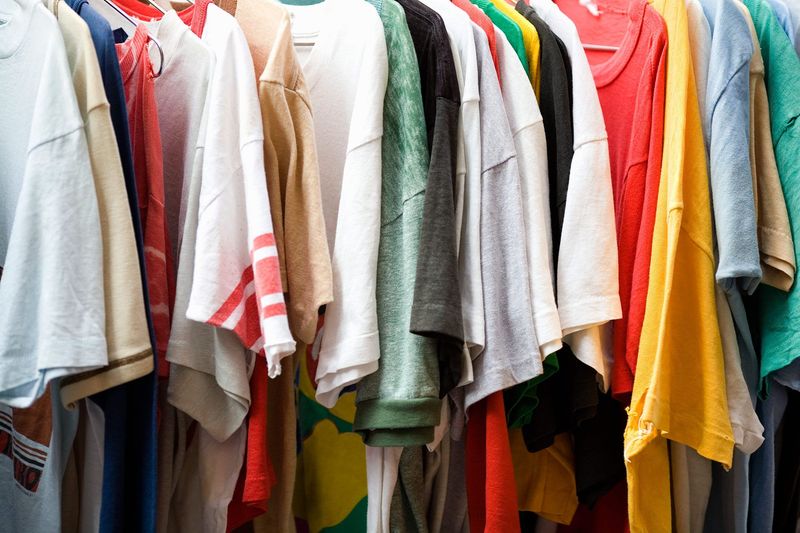
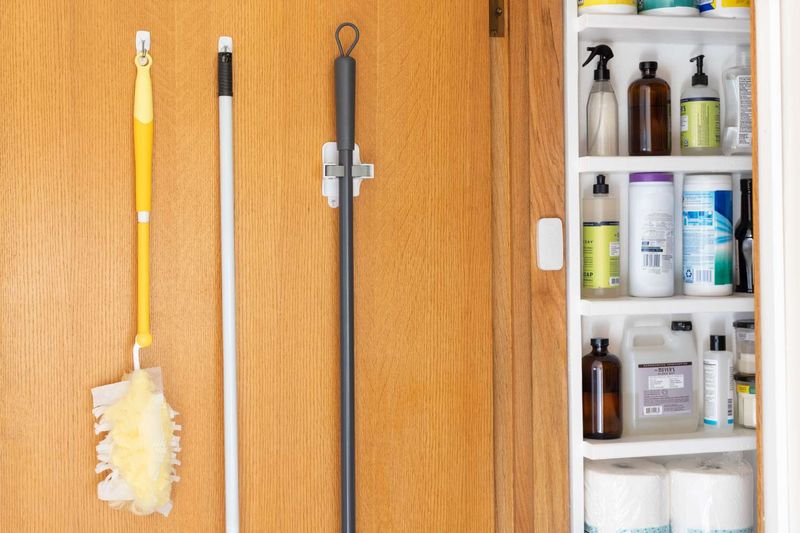

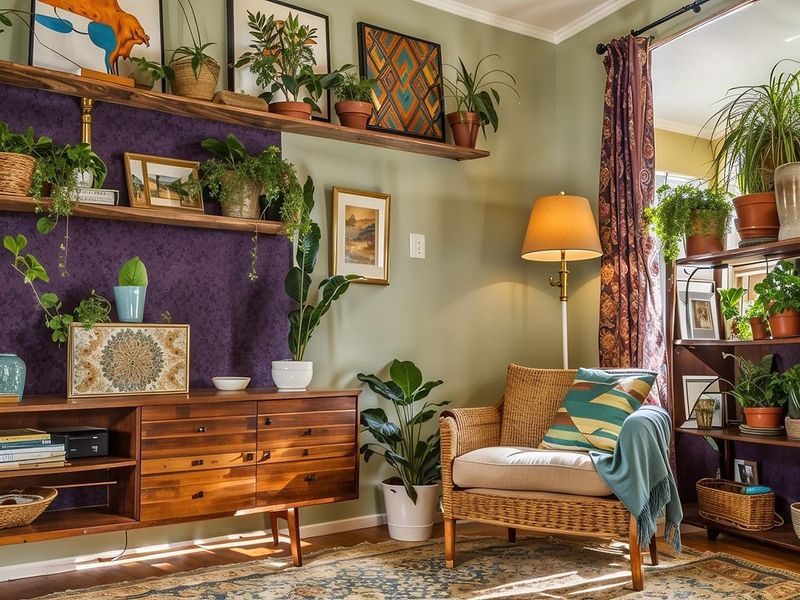
Comments
Loading…